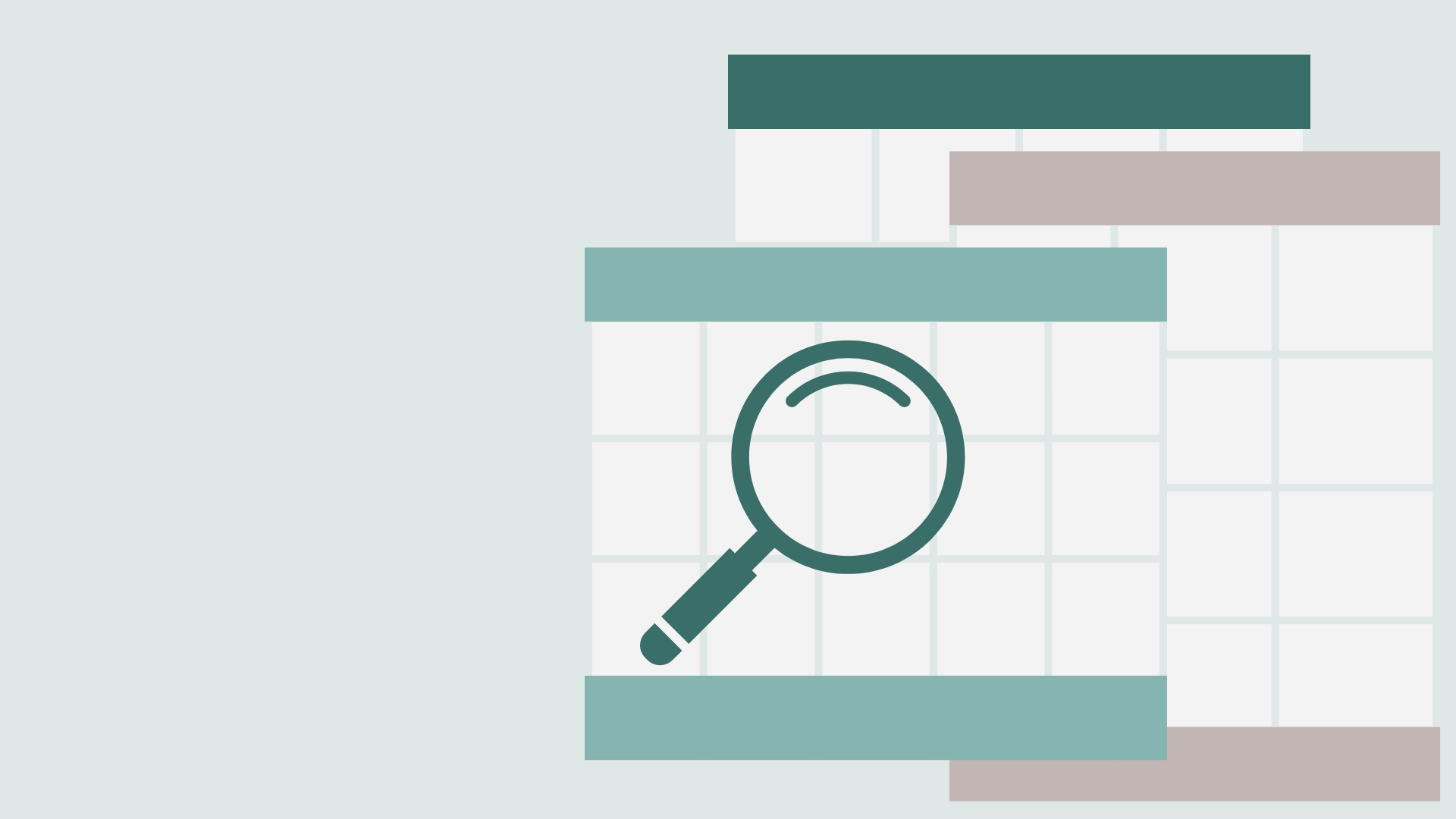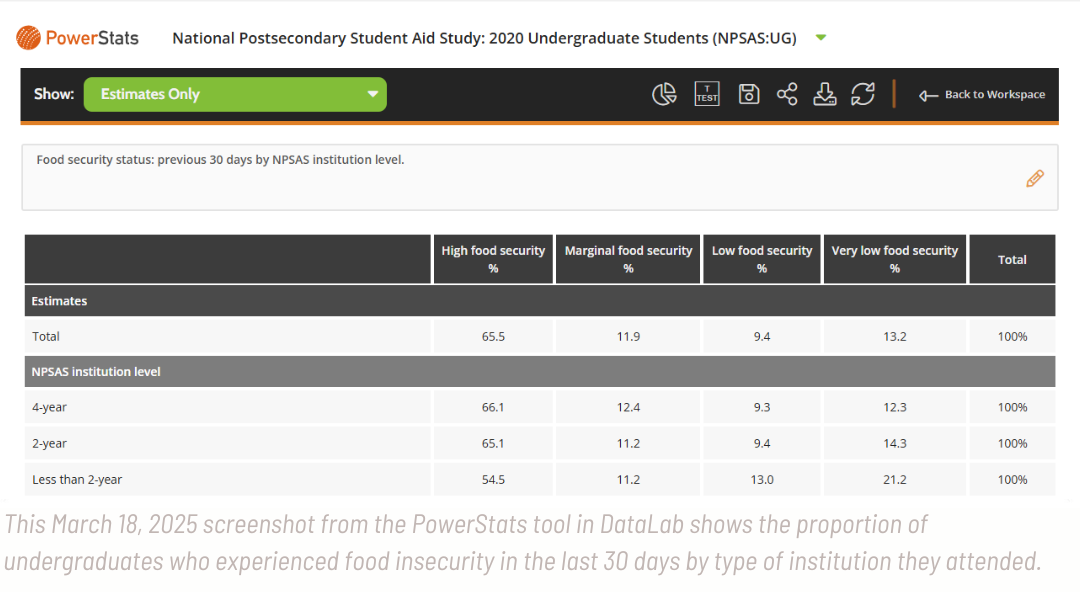The Case for IES Resources: DataLab Makes Accessing Education Data Quick and Easy
Published Mar 19, 2025
One major casualty of the unprecedented cancellation of grants and contracts at the Institute of Education Sciences (IES) is the maintenance of DataLab, a secure, web-based platform managed by the National Center for Education Statistics (NCES). While the platform itself remains largely operational today, ongoing support for its functionality has been halted. DataLab enables quick and reliable education data analysis while maintaining rigorous student privacy protections. Without a plan to maintain DataLab within IES or through a qualified third party, the platform will become obsolete, forcing ongoing and future research to come to a standstill.
DataLab provides access to education data collected and managed by NCES, including the National Postsecondary Student Aid Study (NPSAS) and the Beginning Postsecondary Students Longitudinal Study (BPS). In many cases, DataLab is the only widely available way to analyze student access and affordability trends, how students utilize financial aid, their experiences in programs and institutions, and their economic outcomes after graduation.
These NCES data collections include privacy-protected student financial aid and income data. By providing the highest level of data security, DataLab enables access to information that can answer policy-relevant research questions.
For example, institutions, policymakers, and researchers are often interested in the costs students face while attending college and whether they can afford their basic needs such as housing, transportation and meals. Other federal data tools provide information on how much financial aid students receive on average, but only NPSAS collects information about how they afford college and whether they experience food or housing insecurity. The screenshot below demonstrates how a simple query in DataLab can help answer important questions about students’ wellbeing.

DataLab allows users to explore federal survey data, like NPSAS, by topic to address policy and research questions. For instance, you can investigate whether students experienced food insecurity in the past 30 days. By filtering for factors like institution type within the PowerStats tool, we find that nearly a quarter of undergraduates in 2019-20 reported low or very low food security during their enrollment. When looking across different institutional sectors, that proportion increases to slightly more than a third for students who enrolled in certificate and vocational programs at less than 2-year institutions. These data can also be easily broken out by student characteristics, such as veteran and first-generation status.
DataLab also provides resources to ensure analyses are statistically accurate. When searching for data and conducting analyses, DataLab recommends the best ways to construct the analysis and will flag when sample sizes are too small to draw accurate conclusions. These details make data tables more usable and help ensure consistent and accurate interpretation.
Without regular maintenance, DataLab will erode over time and become unusable. That means educators, policymakers, taxpayers, and researchers will not benefit from NCES’s data collections. This would dramatically limit researchers’ and policymakers’ ability to access and utilize important information that drives education policy change. It would also prevent policymakers from ensuring that taxpayer dollars are used efficiently and effectively to drive necessary improvements in postsecondary access and attainment.
This blog post is part of IHEP’s “The Case for IES Postsecondary Studies” series which explores the potential impact of the sudden cancellation of grants and contracts at IES. The posts shed light on the critical insights policymakers, researchers, student success professionals and the postsecondary field writ large stand to lose if these studies end permanently.


